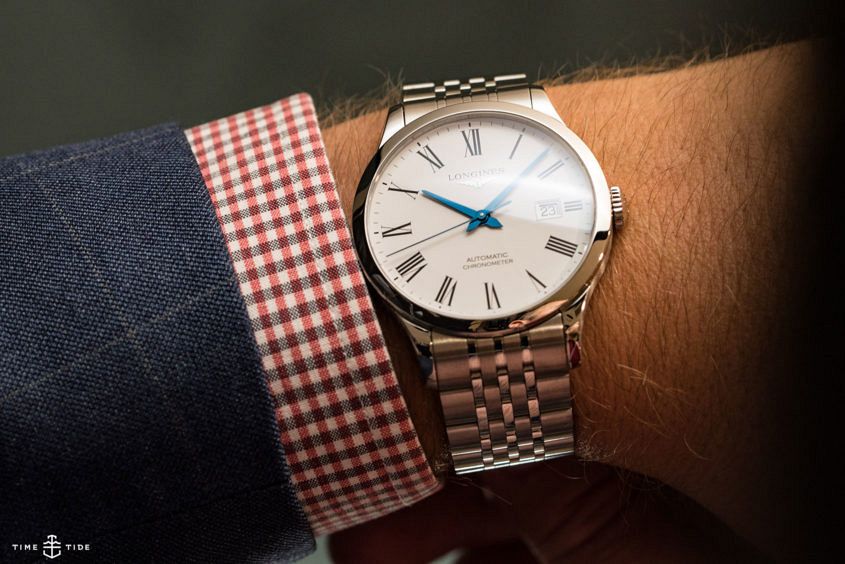 Accuracy used to be a big deal in watchmaking. There were competitions to test the accuracy of wristwatches. There were complications — additional functions — and engineering improvements designed to assist the watch in keeping true time. There was a space race of sorts to be the most accurate watchmaker in the world. The exploding popularity of the quartz movement in the late ’70s and early ’80s — that uses an electronic oscillator regulated by a quartz crystal to keep time — ended most of that. It was cheap, it was battery powered, and worst of all for mechanical watches, it was so accurate it effectively dropped the mic on the entire topic. However, nearly half a century later, accuracy is once again in focus, as a marketing angle being used to sell watches. Primarily, it is a marker to separate the high-performing movements — those impervious to shock, magnetism, environmental conditions — from the everyday. Rolex have re-set their own standards, with the Superlative Chronometer certification. Omega have worked with the Swiss Federal Institute of Metrology to create an industry-wide certification called METAS. Breitling continue to COSC certify all of their watches. But chronometer certifications in general, as you can tell from the roll call of brands that…
Accuracy used to be a big deal in watchmaking. There were competitions to test the accuracy of wristwatches. There were complications — additional functions — and engineering improvements designed to assist the watch in keeping true time. There was a space race of sorts to be the most accurate watchmaker in the world. The exploding popularity of the quartz movement in the late ’70s and early ’80s — that uses an electronic oscillator regulated by a quartz crystal to keep time — ended most of that. It was cheap, it was battery powered, and worst of all for mechanical watches, it was so accurate it effectively dropped the mic on the entire topic. However, nearly half a century later, accuracy is once again in focus, as a marketing angle being used to sell watches. Primarily, it is a marker to separate the high-performing movements — those impervious to shock, magnetism, environmental conditions — from the everyday. Rolex have re-set their own standards, with the Superlative Chronometer certification. Omega have worked with the Swiss Federal Institute of Metrology to create an industry-wide certification called METAS. Breitling continue to COSC certify all of their watches. But chronometer certifications in general, as you can tell from the roll call of brands that…
The post VIDEO: Exploring one of the most accessible COSC-certified collections on the market, the new Longines Record range appeared first on Time and Tide Watches.